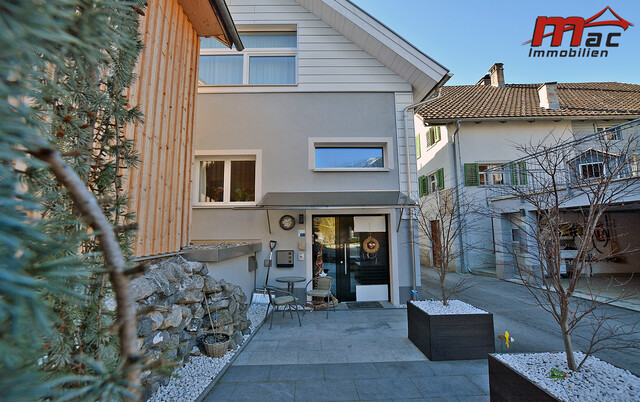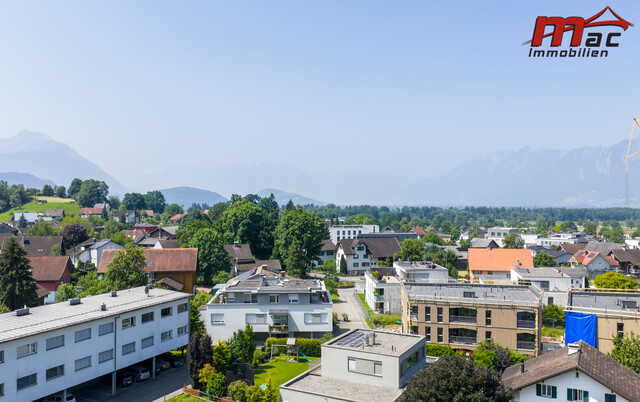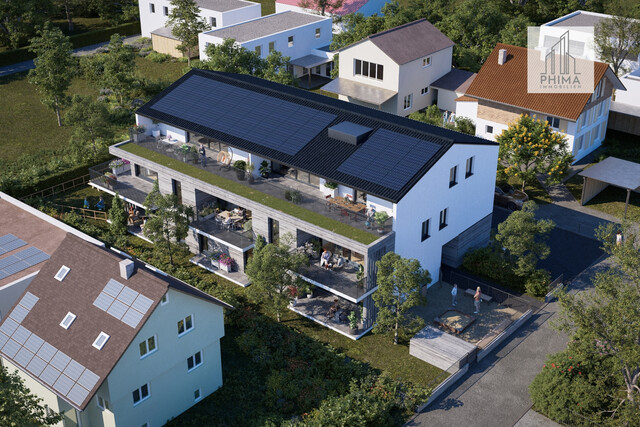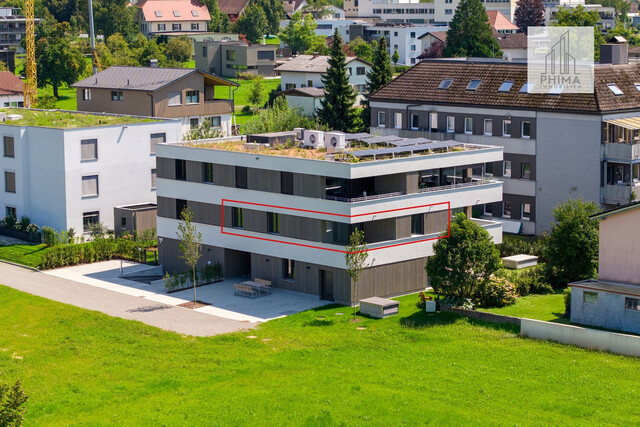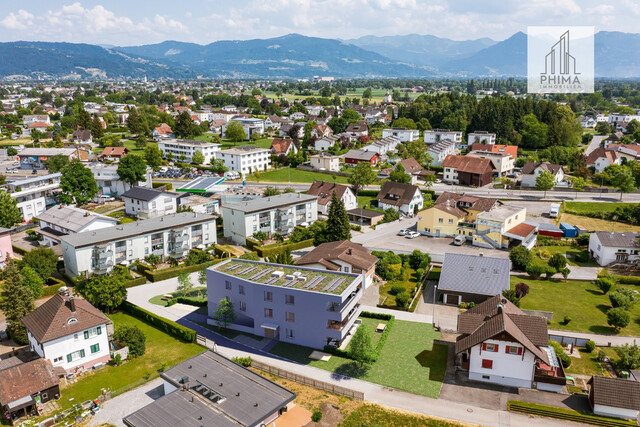Lavender Not Blooming? Common Causes and Tips for the Garden

To make lavender bloom in the garden, location, soil, and care must be optimally coordinated.
Lavender stands for Mediterranean flair and violet flower carpets. But the popular plant does not always show its best side. Often, the desired bloom fails to appear – the reasons for this are varied. Experts advise first checking the location: Lavender needs at least eight hours of sun per day to produce abundant blooms. Shade under trees or shrubs prevents the floral splendor and instead results in long, soft shoots.
Sunlight as the Most Important Factor
Lavender originally comes from the Mediterranean region and relies on sunny spots. In the garden, the plant should therefore stand as freely and unshaded as possible. In too shady locations, the typical abundance of flowers usually fails to appear, the shoots become soft and tend to "etiolate." For a lush bloom, at least eight hours of sun daily are necessary.
The Right Soil for Lavender
The soil also plays a central role. The plant prefers a well-drained, mineral-rich, and preferably calcareous substrate. Waterlogging is as harmful to lavender as a soil that is too nutrient-rich. Especially on heavy clay soils, it is advisable to mix in stone grit. In pots, a mixture of compost, low-nutrient herb soil, and stone grit has proven effective. The pH value is also important: it should be neutral to slightly alkaline – on acidic soils, lavender often blooms only sparsely. Only a few species, such as French lavender, can cope with slightly acidic conditions.
Watering: Less is More
Another common mistake is too much water. Lavender is a drought artist and requires hardly any additional watering after establishment. Especially in pot culture, a delicate touch is needed to avoid waterlogging. Only freshly planted specimens should be watered regularly in the first few weeks.
Pruning as the Key to Blooming Splendor
Last but not least, the right pruning determines the success of the blooms. Those who regularly prune their lavender prevent it from becoming woody and promote the formation of new flowers. Pruning in early spring after the last frosts and a second time after flowering between July and mid-August is considered optimal. If pruning is done too late, flower buds may be removed – leading to a lack of blooms. If the summer pruning is delayed too long, new shoots often do not mature in time and are damaged by frost.
By following these care tips, lavender blooms in your own garden can be sustainably promoted.
This article has been automatically translated, read the original article here.
Du hast einen Hinweis für uns? Oder einen Insider-Tipp, was bei dir in der Gegend gerade passiert? Dann melde dich bei uns, damit wir darüber berichten können.
Wir gehen allen Hinweisen nach, die wir erhalten. Und damit wir schon einen Vorgeschmack und einen guten Überblick bekommen, freuen wir uns über Fotos, Videos oder Texte. Einfach das Formular unten ausfüllen und schon landet dein Tipp bei uns in der Redaktion.
Alternativ kannst du uns direkt über WhatsApp kontaktieren: Zum WhatsApp Chat
Herzlichen Dank für deine Zusendung.
